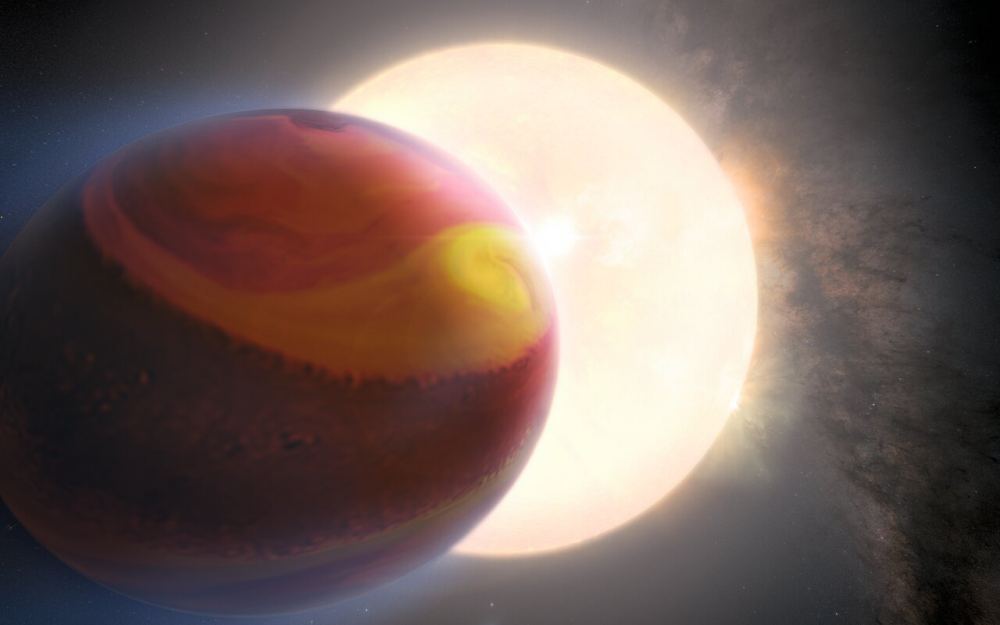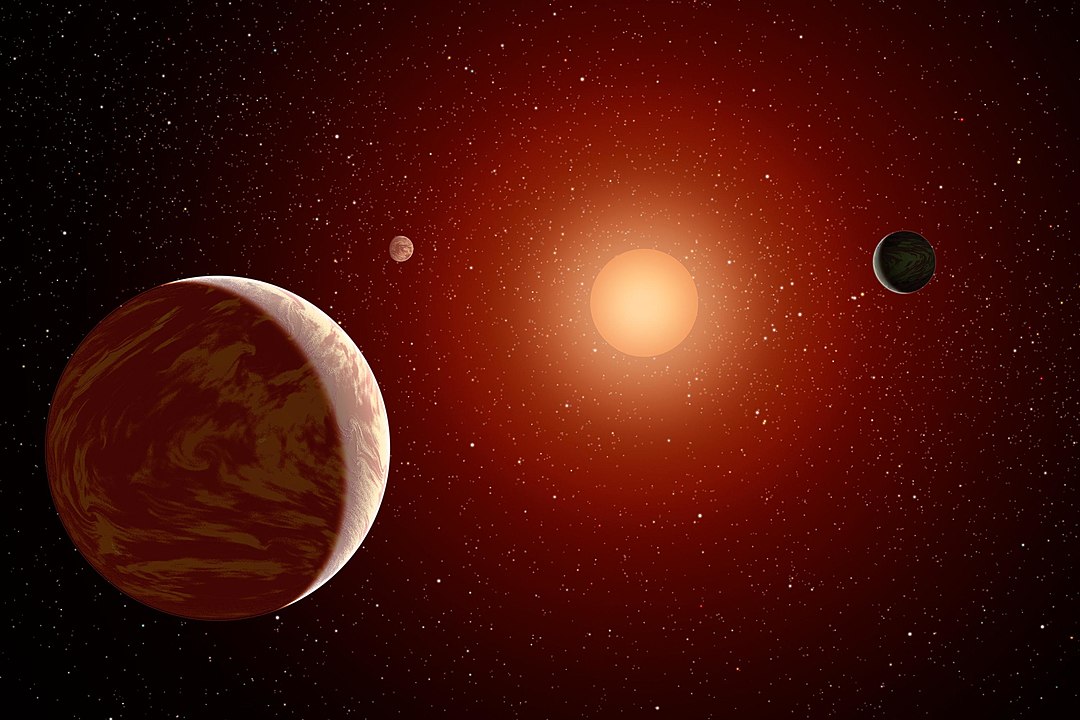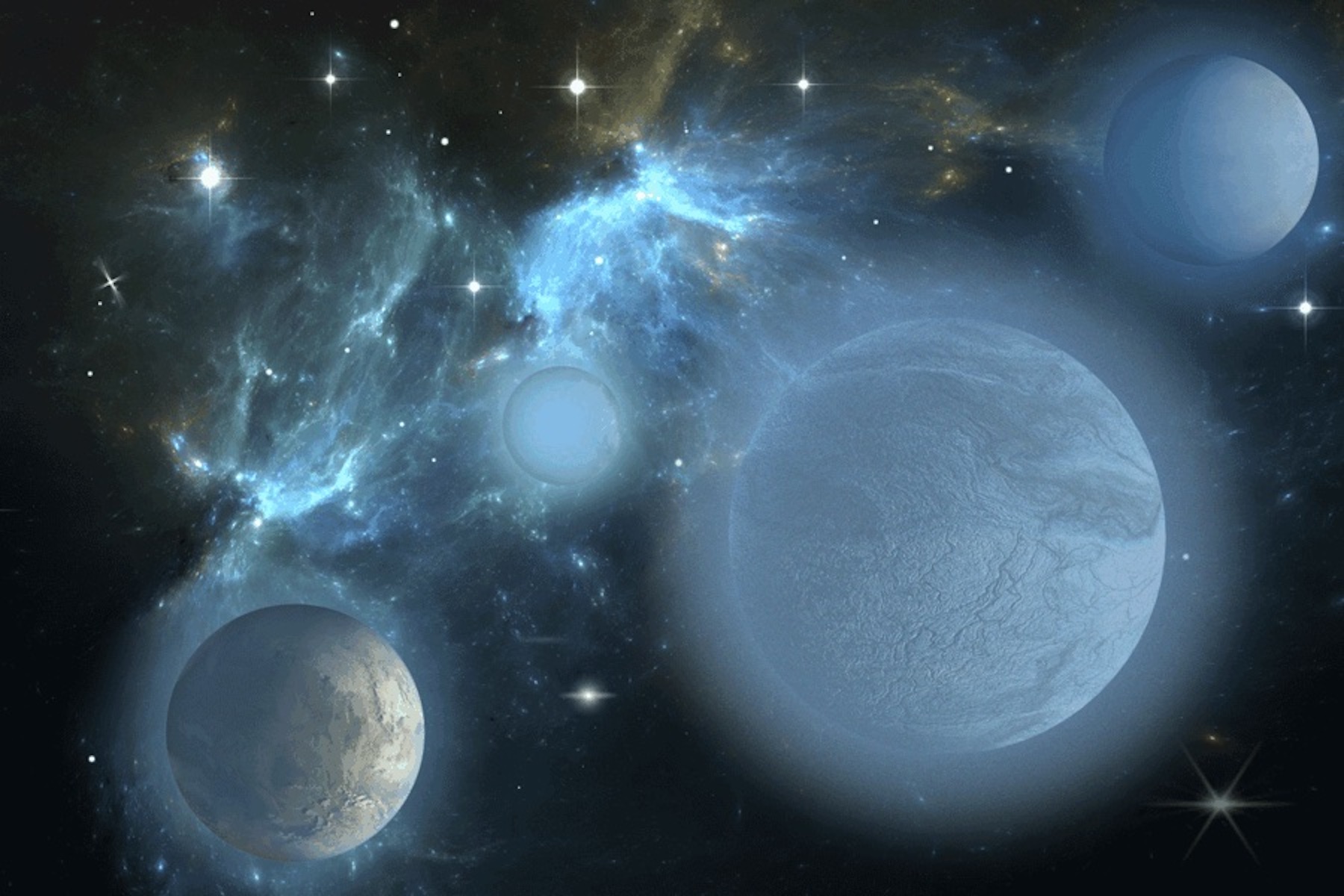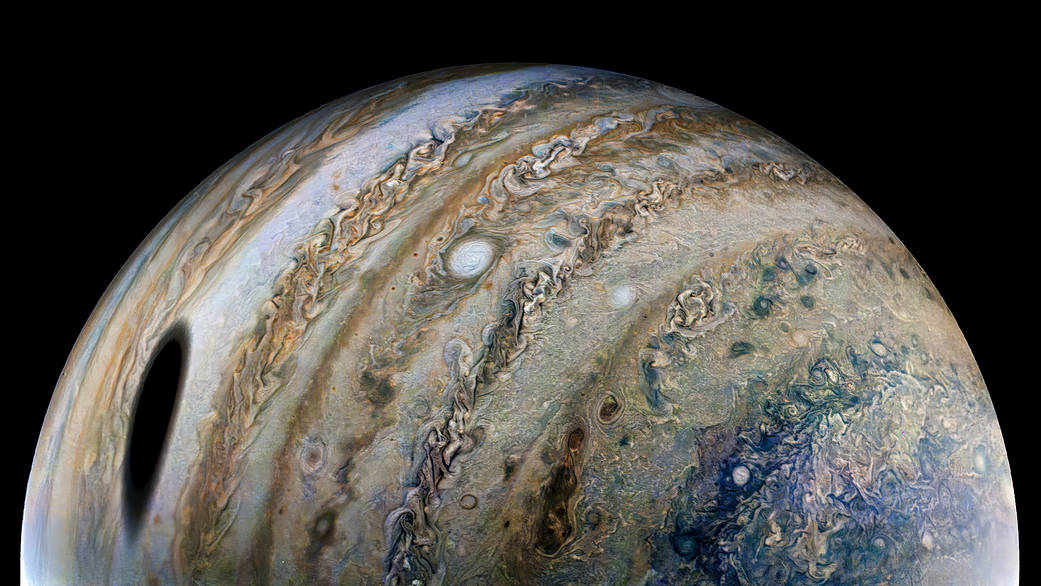If you want to know more about an exoplanet atmosphere, watch how it changes over time. That’s the mantra of a group of astronomers who just reported on conditions at Tylos, otherwise known as WASP-121 b.
Continue reading “Hubble Watches an Exoplanet Atmosphere Change Over Three Years”Hubble Watches an Exoplanet Atmosphere Change Over Three Years










